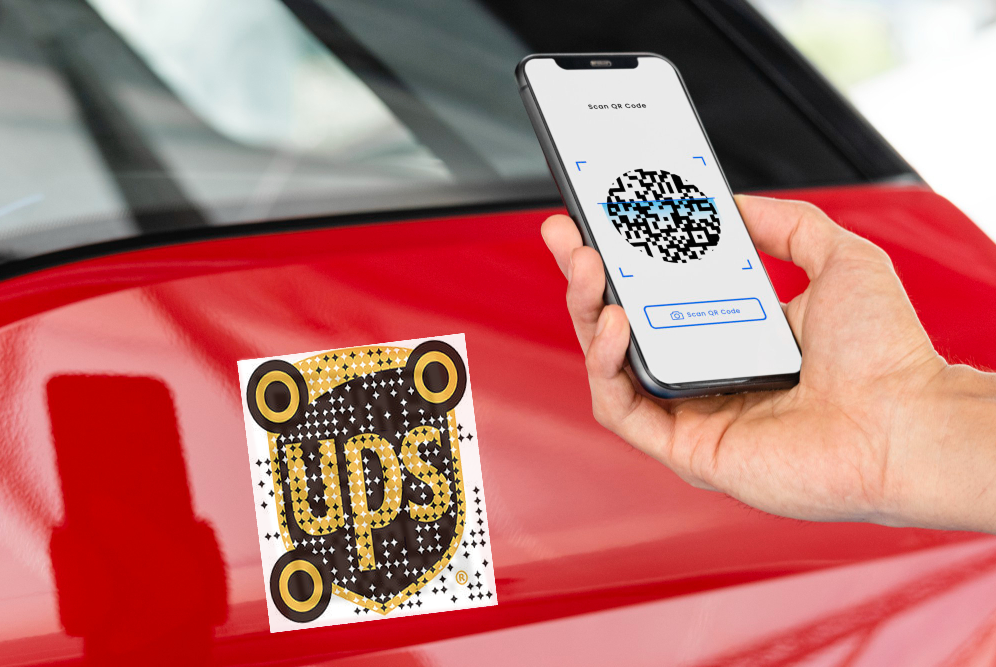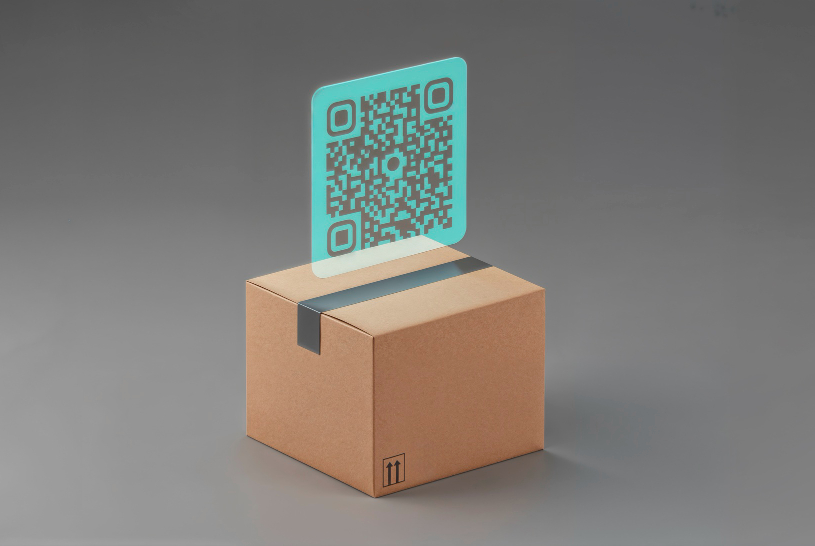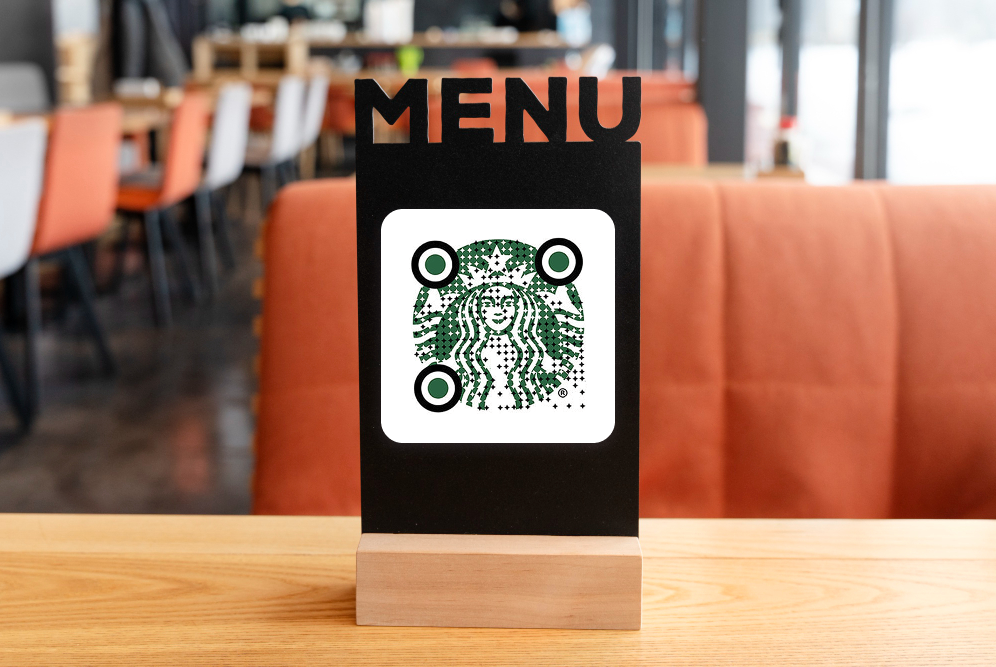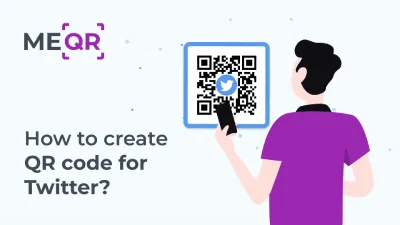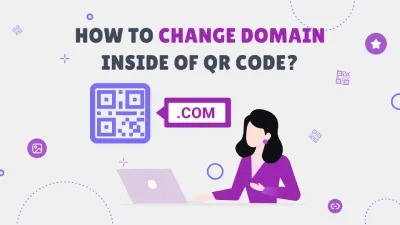The Power of QR Codes on Product Packaging
QR codes are two-dimensional barcodes that store information, which can be quickly accessed by scanning them using a smartphone or other compatible devices. Their compact nature and ability to store various types of data, such as URLs, text, and contact details, make them ideal for connecting consumers with essential product information and beyond.







